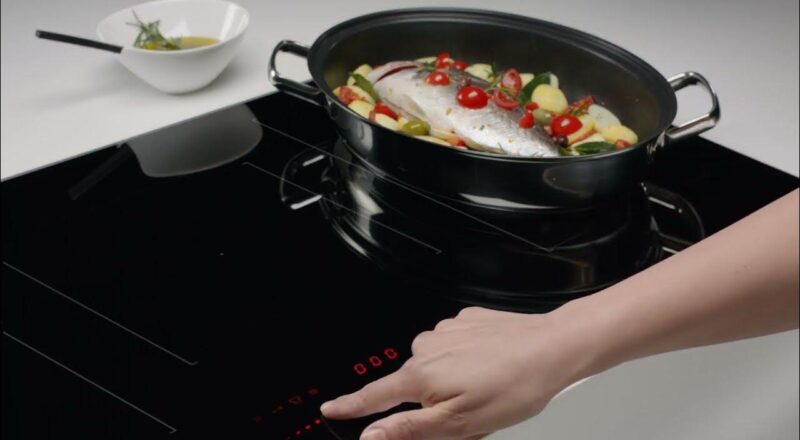For many kitchen enthusiasts, the use of cast iron on induction cooktops is a match made in culinary heaven. The combination offers precise temperature control and the ability to retain heat efficiently. However, storing cast iron after induction use is crucial to ensure its longevity and continued performance. Let’s explore how you can maintain your cast iron cookware in top condition.

Why Proper Storage Matters
Proper storage of cast iron cookware is vital because it prevents rust and maintains the seasoning of the pan. After using your cast iron on an induction stovetop, it needs special care to retain its quality. The combination of heat and moisture can lead to rust if the cookware is not stored correctly.
Initial Steps After Cooking
Cooling Down
Before storing, allow your cast iron pan to cool down naturally. Rapid temperature changes can cause warping. Patience is key here; let it cool completely before moving on to the next steps.
Cleaning the Surface
After cooling, gently clean the cast iron. Use a scrub brush or sponge with warm water. Avoid using soap, as it can strip away the seasoning. For stubborn food residues, use a paste of coarse salt and water as an abrasive.
Seasoning for Storage
Once cleaned, dry your cast iron thoroughly with a towel. Apply a thin layer of oil to the surface to maintain the seasoning. This step is crucial as it acts as a protective barrier against moisture.
Choosing the Right Oil
When it comes to selecting oil, opt for vegetable oil or canola oil. These oils have high smoke points and won’t impart unwanted flavors to your cookware.
Heating the Cookware
After applying the oil, place the cookware on a stovetop or in an oven set to a low temperature. Heat it until the oil begins to smoke slightly. This process helps the oil bond with the iron, strengthening the seasoning layer.
Storage Environment
Dry and Ventilated Areas
Store your cast iron cookware in a dry, well-ventilated space. Moisture is the enemy of cast iron and can lead to rust. Avoid storing lids directly on the cookware, as this can trap moisture.
Use of Paper Towels
Place a paper towel between stacked cast iron pans to absorb any residual moisture and prevent scratches. This simple step can significantly extend the life of your cookware.
Common Mistakes to Avoid
Using Soap
It’s a common misconception that soap is needed for cleaning cast iron. While soap can be used sparingly, it is generally advised to avoid it to protect the seasoning.
Skipping the Oil
Never skip the oiling step after cleaning. This layer of oil is essential for preventing rust and maintaining a non-stick surface.
Transitioning from Induction to Storage
After cooking on induction, your cast iron might have slight discoloration or food residue. Proper cleaning and drying are essential to returning the pan to its ideal state for storage.
Handling Discoloration
If you notice discoloration, don’t worry. It’s a natural occurrence and can be resolved through regular seasoning. Over time, your cast iron will develop a beautiful, dark patina.
Addressing Residue
For stubborn residue, simmer water in the pan for a few minutes to loosen it before scrubbing. This gentle method helps preserve the seasoning.
Long-term Care Tips
Regular Re-seasoning
Even with proper storage, regular re-seasoning is needed. Aim to season your cast iron every few months to maintain its non-stick surface and prevent rust.
Inspection for Rust
Periodically inspect your cast iron for any signs of rust. If rust is present, scrub it off with steel wool, re-season, and store as usual.
Conclusion
Properly storing cast iron after induction use is essential for maintaining its quality and longevity. By following these best practices, you can enjoy your cast iron cookware for generations. For more detailed guides on cast iron care, visit this cast iron seasoning guide or check out more tips on searing meat in cast iron.

FAQ Section
Is it okay to use soap on cast iron after induction cooking?
While it’s generally best to avoid soap to preserve the seasoning, if necessary, use a mild soap and rinse thoroughly.
How often should I re-season my cast iron cookware?
Re-season your cast iron every few months, or more often if you notice food sticking or rust forming.
Can I stack cast iron pans?
Yes, but place a paper towel between pans to prevent scratches and absorb moisture.
This article contains affiliate links. We may earn a commission at no extra cost to you.

